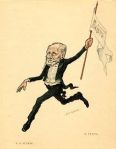Nikolai Gustavovich Legat was a Premier Danseur, teacher, choreographer and caricaturist, born on the 27th December 1869 in Moscow. Sergei Gustavovich Legat was a Premier Danseur, choreographer and caricaturist, born on the 27th September 1875 in Moscow.
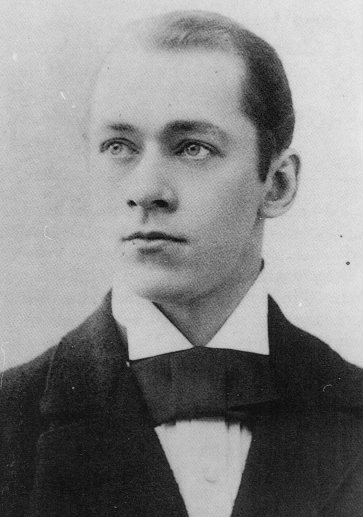
The Legat brothers were born into an artistic family – their father, Gustav was a dancer and Ballet Master. They studied at the Imperial Ballet School under their father, Pavel Gerdt, Christian Johansson and Lev Ivanov. While still a student, Sergei received his first major role at the age of 17 when he created the role of the Nutcracker Prince in Ivanov and Tchaikovsky’s ballet The Nutcracker in 1892. Nikolai graduated from the school in 1888 and Sergei graduated in 1894; both joined the Imperial Ballet and went onto become two of the greatest ballet dancers in the world. The Legat brothers became pioneers in the field of male technique, spreading the influence on male dancing by that of their teacher, Enrico Cecchetti.
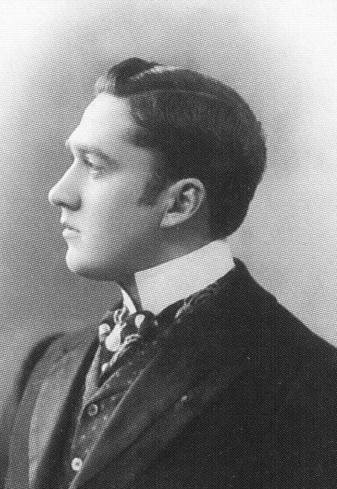
Nikolai and Sergei Legat became Premier Danseur ca. 1894 and 1903 respectively and created some of the most famous principal male roles in the Petipa/Ivanov repertoire – Nikolai created roles such as the Nightingale in The Whims of the Butterfly, Olivier in Kalkabrino, Zephyrus in The Awakening of Flora, Mars in Bluebeard and Béranger in Raymonda. He often acted as an additional cavalier for the ageing Pavel Gerdt in roles such as Prince Désiré, Prince Siegfried and Solor and was Gerdt’s main successor in these lead male roles. Sergei created roles such as Hermes in The Awakening of Flora, Arthur in Bluebeard and Jean de Brienne in Raymonda. Both brothers were the creators of some of the original, most famous classical male variations, with Nikolai creating the original variations of Prince Désiré and Solor. The Legat brothers also frequently partnered some of ballet’s greatest Prima Ballerinas including Pierina Legnani, Olga Preobrazhenskaya, Matilda Kschessinskaya and Anna Pavlova.

By 1901, Nikolai had begun to show his abilities as a teacher, as he began assisting Christian Johansson’s classes at the Imperial Ballet School. He eventually succeeded Johansson as teacher after Johansson retired. In 1903, the Legat brothers were given the opportunity to show their abilities as choreographers when they choreographed their own version of The Fairy Doll. For the première, both brothers were meant to dance the roles of the two Pierrots. However, shortly before the performance, Nikolai injured his foot and was forced to withdraw. He was replaced by Mikhail Fokine, but his injury soon healed and he eventually made his début as the first Pierrot. Another talent that the Legat brothers possessed was one as caricaturists and they released a book of caricatures of their colleagues, teachers and themselves entitled The Russian Ballet in Caricatures.
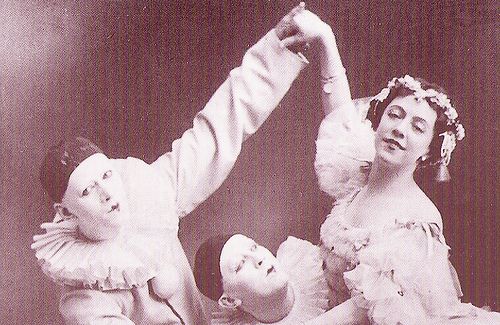
In 1903, Sergei entered a civil marriage to Marie Petipa, which his brother disapproved of, though Sergei held a geninue, but unrequited love for his new wife, who was eighteen years his senior. Nikolai’s personal life was slightly more unusual – he was married to the dancer, Olga Chumakova for ten years. When they divorced, he married her sister, Antonia, with whom he had a daughter, Maria, but two years later, the couple separated. Eventually, some years later, Nikolai met the dancer, Nadezhda (Nadine) Nicolayeva, who was half his age, and became his new wife.
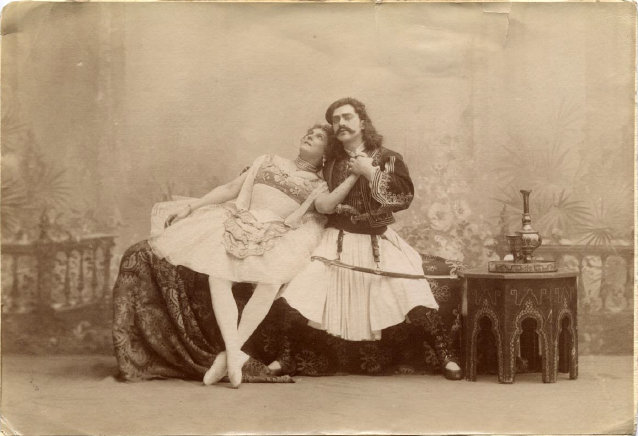
In 1905, after Petipa had been forced into retirement, the dancers of the Imperial Theatre went on strike against the director of that time, Col. Vladimir Telaykovsky, demanding higher salaries and the restoration of Petipa as Ballet Master. The Legat brothers were among those to participate in the strike, alongside the likes of Anna Pavlova and Mikhail Fokine. However, as a result of this strike, the Legat family and the ballet world were shaken by a sudden tragedy. Behind his great dancing talent, there was a side to Sergei that no one could control, caused by a heredity mental illness that ran in the family. The impact of the strike took its toll on his mental health, so much so that he became torn between loyalty to his colleagues and the authorities and in the end, he committed suicide by slashing his throat with a razor. Sergei Legat died on the 1st November 1905, aged 30. He is buried in the Legat family grave in the Smolenskoe Lutheran Cemetery in Saint Petersburg.
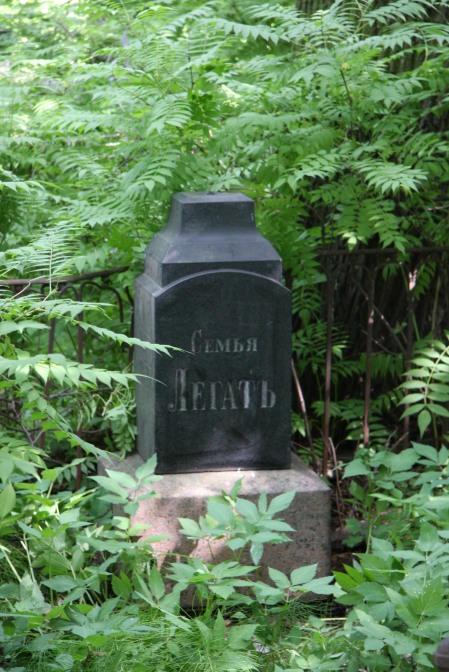
In 1909, Nikolai became Ballet Master of the Imperial Ballet, with his main aim being to preserve the legacy of Petipa. However, he was forced to resign in 1914 due to clashes with the theatre management. He travelled to the West with his wife and worked as Ballet Master and teacher with Sergei Diaghilev’s Ballets Russes. Following the First World War, he attempted to return to Russia, but found that, due to the impact of the revolution, it was impossible to find work in his beloved homeland again. Nikolai and Nadine Legat left Russia for good in 1922 and eventually settled in London in 1926. The couple later founded their own ballet school, the Legat School of Ballet in Kent. Nikolai earned a good reputation as a teacher and among his students were Olga Spessivtseva, Alexandra Danilova, Dame Ninette de Valois, Serge Lifar, Dame Alicia Markova, Sir Anton Dolin, Moira Shearer and Dame Margot Fonteyn.
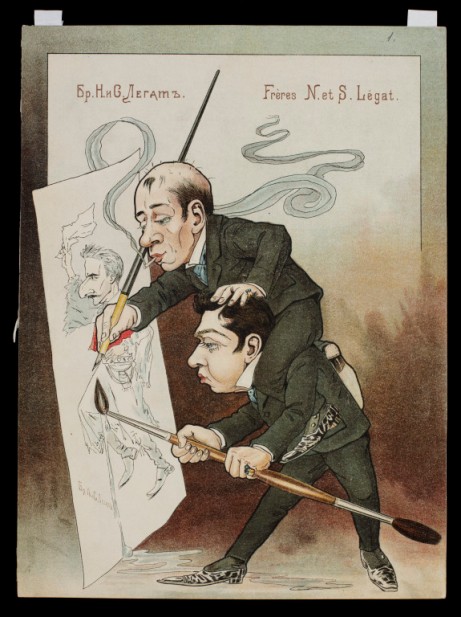
Nikolai Legat died on the 24th January 1937, aged 67. He was cremated and his ashes are buried with those of his wife and her family in the Kent and Sussex Cemetery in Royal Tunbridge Wells, Kent.
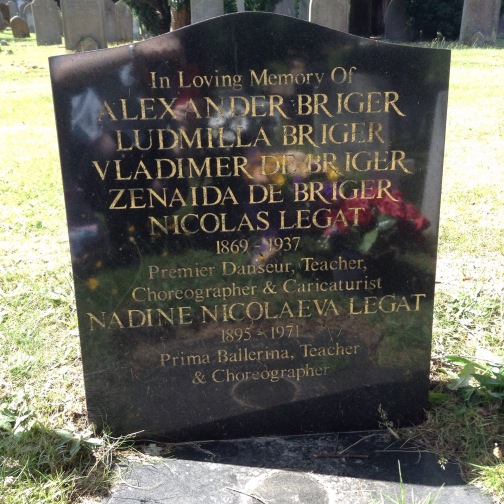
Nikolai Legat’s Imperial Ballet repertoire
- The Nightingale in The Whims of the Butterfly (1889)
- Olivier in Kalkabrino (1891)
- Prince Désiré in The Sleeping Beauty (**1894)
- Zephyrus, the God of the West Wind in The Awakening of Flora (1894)
- The Phoenix Butterfly in The Caprices of the Butterfly (*1895)
- Cavalier of the Yellow Pearl in The Pearl (1896)
- Mars in Bluebeard (1896)
- Béranger in Raymonda (1898)
- Solor in La Bayadère
- Zephyr in The Seasons (1900)
- Apollo in The Two Stars (*1900)
- Prince Colqueluche in The Nutcracker (*1900)
- Prince Siegfried in Swan Lake
- Count Albrecht in Giselle (*1903)
- The first Pierrot in The Fairy Doll (1903)
- Pierre Gringoire in La Esmeralda
Sergei Legat’s Imperial Ballet repertoire
- The Nutcracker Prince in The Nutcracker (1892)
- Hermes the Messenger of the Gods in The Awakening of Flora (1894)
- The Nightingale in The Caprices of the Butterfly (*1895)
- Acis in Acis and Galatea (1896)
- The Cornet of Lancers in The Cavalry Halt (1896)
- Arthur in Bluebeard (1896)
- Adonis in Les Noces de Thétis et Pélée or Les Aventures de Pélée (*1897)
- Jean de Brienne in Raymonda (1898)
- Vestris in The Pupils of Dupré (*1900)
- Vestris in La Camargo (*1901)
- Conrad in Le Corsaire
- Aminta in Sylvia (*1902)
- The second Pierrot in The Fairy Doll (1903)
- Peters in The Haarlem Tulip (*1903)
- The Prince in The Magic Mirror (1903)
(* – original cast member of role in revival)
(** – year of début performance in role)
Sources
- Legat, Nikolai (1939) Ballet Russe: Memoirs of Nikolai Legat. London, UK: Methuen
- Gregory, John (1994) The Legat Saga: Nikolai Gustavovich Legat, 1869-1937. UK: Dance Books Ltd
